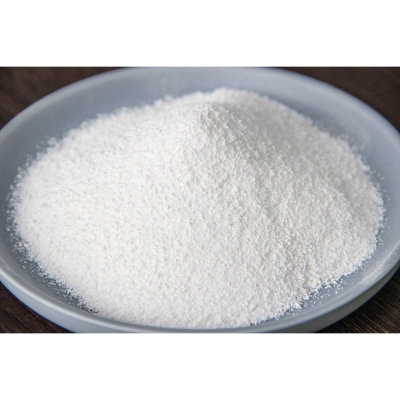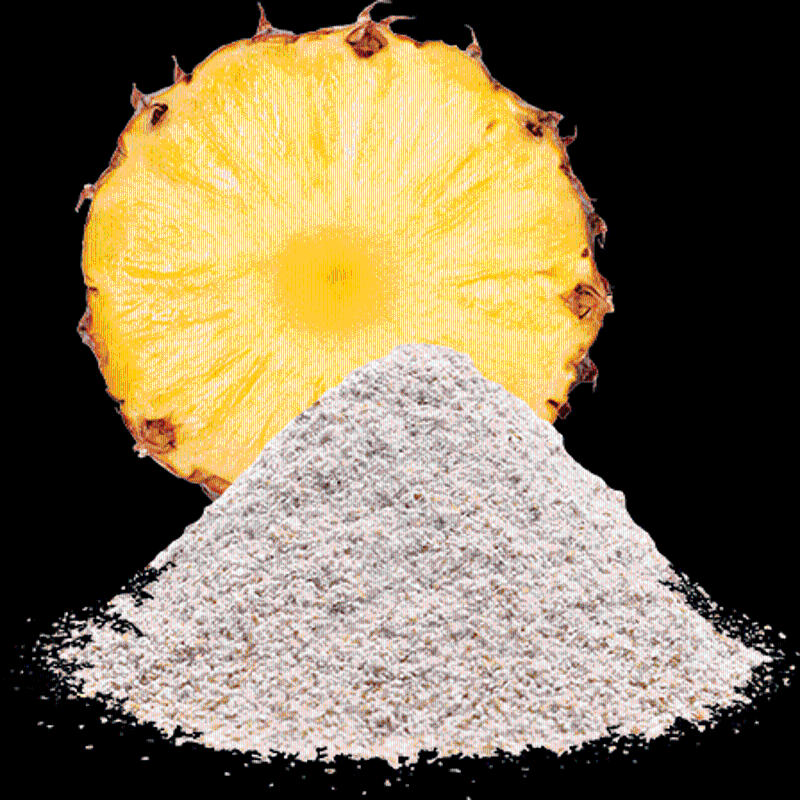-
Categories
-
Pharmaceutical Intermediates
-
Active Pharmaceutical Ingredients
-
Food Additives
- Industrial Coatings
- Agrochemicals
- Dyes and Pigments
- Surfactant
- Flavors and Fragrances
- Chemical Reagents
- Catalyst and Auxiliary
- Natural Products
- Inorganic Chemistry
-
Organic Chemistry
-
Biochemical Engineering
- Analytical Chemistry
-
Cosmetic Ingredient
- Water Treatment Chemical
-
Pharmaceutical Intermediates
Promotion
ECHEMI Mall
Wholesale
Weekly Price
Exhibition
News
-
Trade Service
In recent years, with the continuous improvement of people's living standards, milk and dairy products have also become food for people's daily consumption, but some people cannot enjoy it because of lactose intolerance
What is lactose intolerance? Milk contains a sugar called lactose, which is distinct from other sugars
Lactose intolerance refers to the lack of sufficient lactase enzyme in the body to fully digest lactose, resulting in upset stomach, bloating, diarrhea, and abdominal pain after drinking milk and dairy products
The lack of lactase is largely genetic—in other words, inborn
Long ago, nomads in Northern Europe and Central Asia began to domesticate cattle and sheep and drink their milk
So today, Europeans, especially Nordics, have a very high proportion of lactose-tolerant people
Some very tasty foods such as cow's milk, goat's milk, fresh cheese, cream, butter and ice cream contain lactose
A recent trend in the Italian dairy industry could give people with lactose intolerance a long-cherished wish to never have to drink milk little by little again
This is how lactose-free cheese and dairy products came into existence and became popular
Milk, Crescenza, Mozzarella, Stracchino, Mascarpone, Ricotta, Burrata and butter made from lactose-free milk are all popular with consumers because they are identical to their traditional counterparts in terms of taste and nutritional value
In the dairy sector, there are also products that are naturally low in lactose, such as yogurt and fermented milk
There is a wide variety of lactose-free products on the market today: from mozzarella to mascarpone, from Primo Sale to Crescenza, from Ricotta to spreadable cheeses, as well as lactose-free products (Gorgonzola, Grana Padano, Parmigiano) Reggiano, Pecorino, Smoky and Sweet Provola)
Currently in Italy, the most lactose-free cheese consumers buy is mozzarella, which accounts for almost a third of the entire market
(Nie Xinlin)
"China Food News" (March 30, 2021 05 edition)
(Editor in charge: Huang Guangshun)







